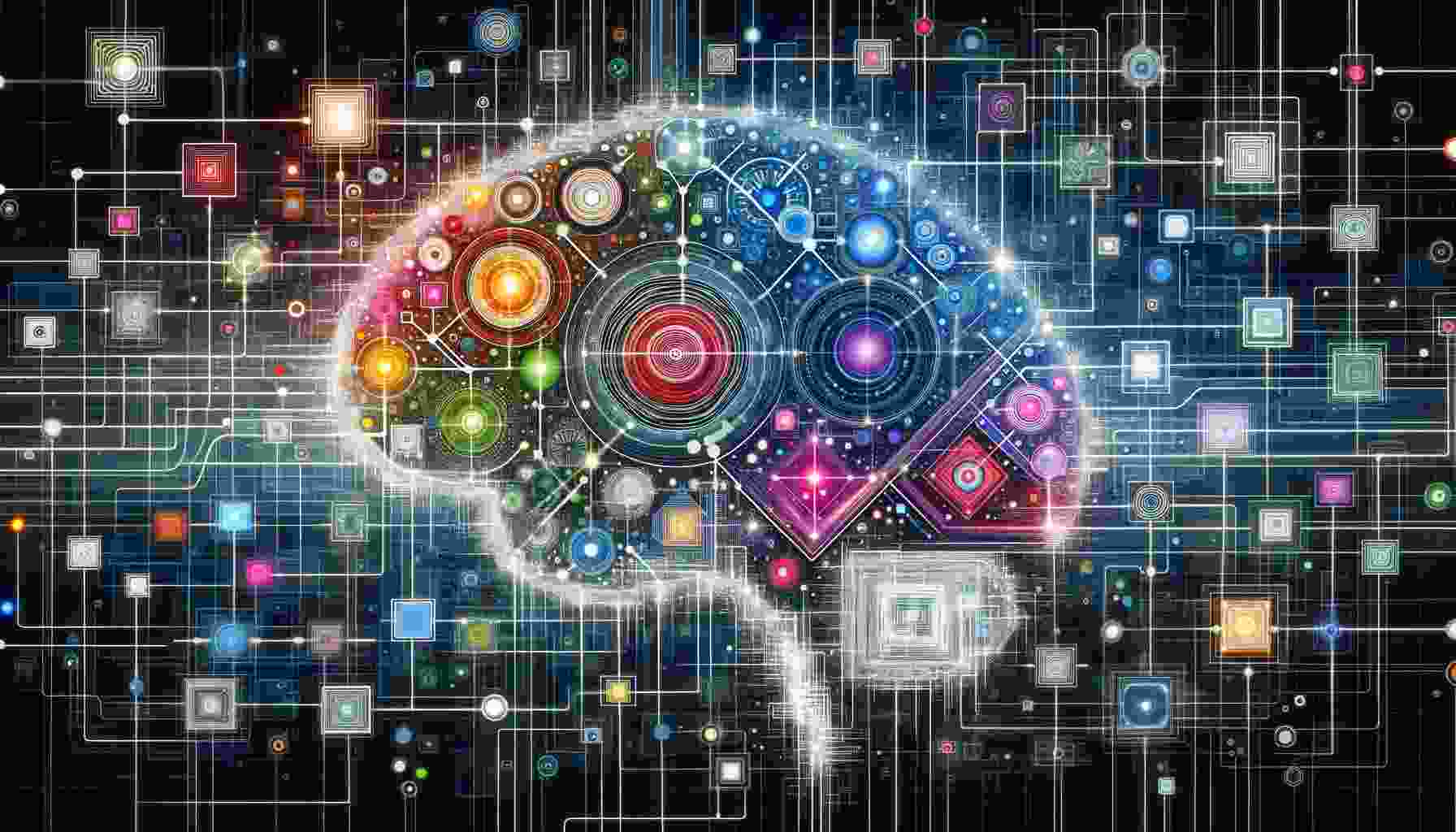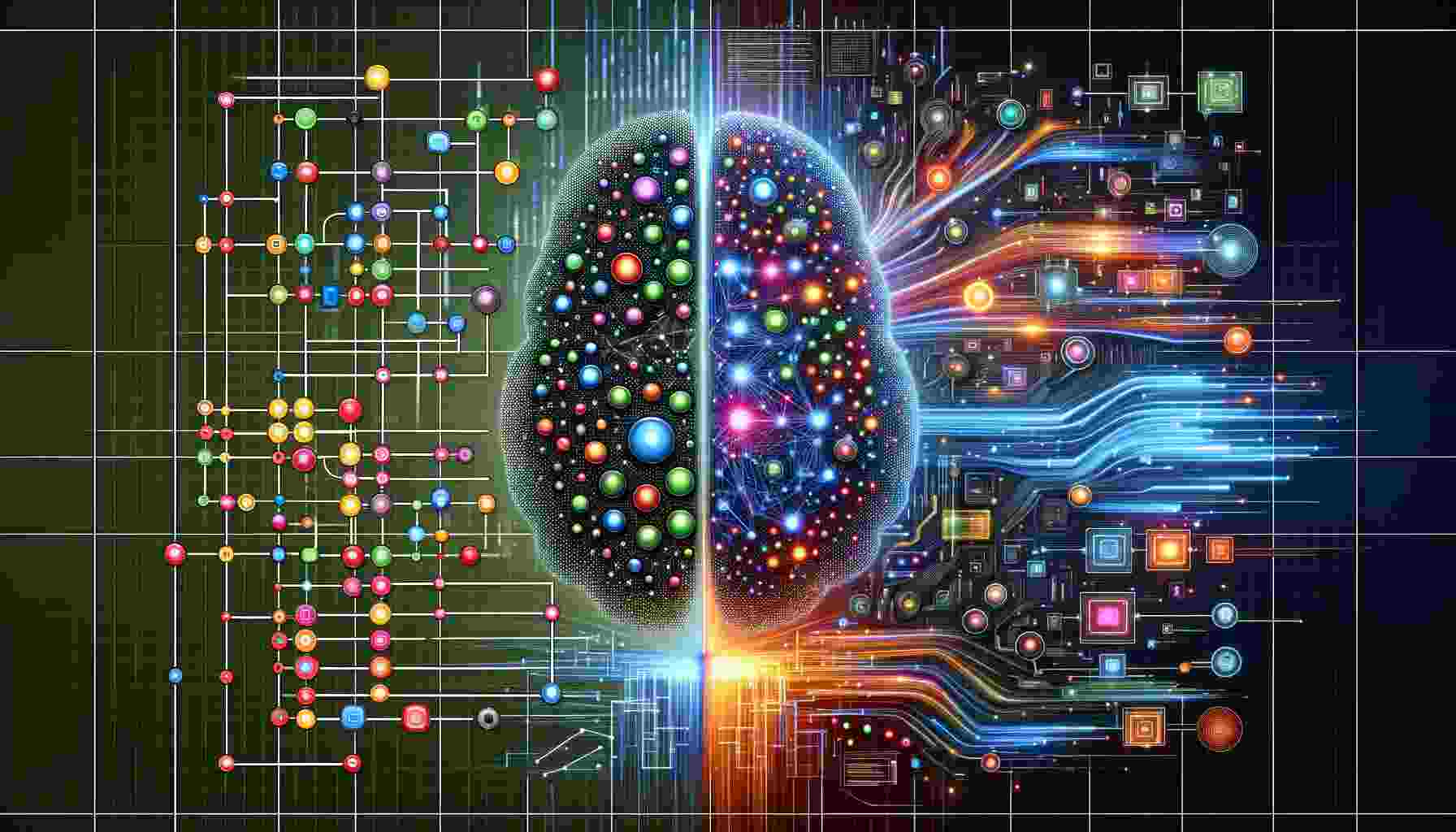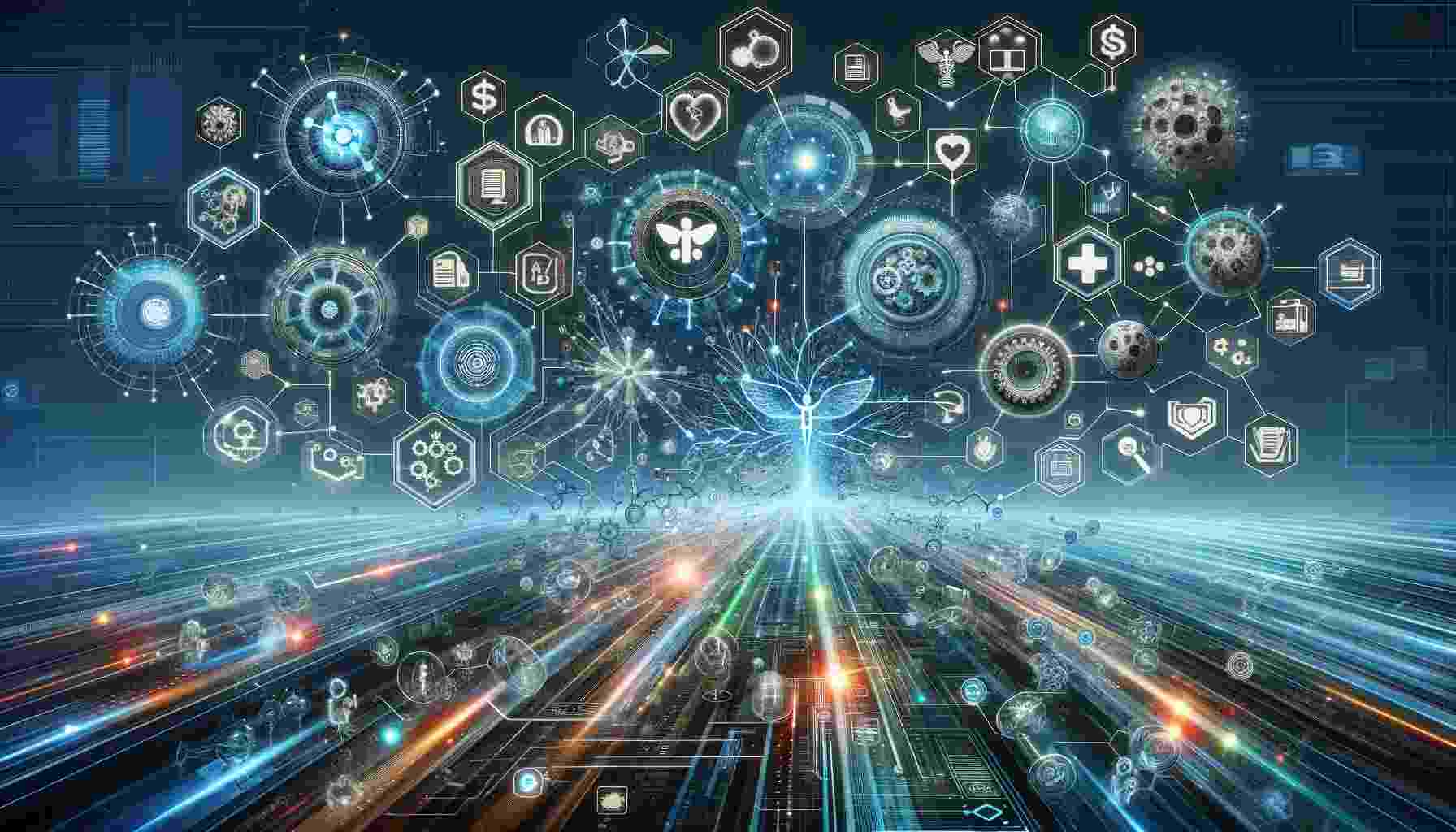What is pattern recognition? Simply put, it is a cornerstone of artificial intelligence that enables machines to identify and categorize data based on learned patterns and algorithms. This concept is vital for understanding how AI perceives and processes information, transforming raw data into actionable insights.
Looking to expand your knowledge of pattern recognition? Read this article written by the AI aficionados at All About AI.
How Does Pattern Recognition Work in AI?

At its core, pattern recognition in artificial intelligence involves the use of algorithms to recognize patterns and regularities in data. These patterns can be as varied as facial features in images, speech patterns in audio data, or purchasing behaviors in consumer data.
AI systems use these identified patterns to make predictions, decisions, and to understand complex datasets.
Why is Pattern Recognition Crucial in Today’s Technology?
Pattern recognition is vital in today’s technology for its ability to automate complex decision-making processes. It enhances machine learning, enabling systems to recognize and interpret vast data arrays efficiently, leading to more accurate predictions, personalized experiences, and advanced problem-solving capabilities in various fields.
The Role of Machine Learning in Pattern Recognition
Machine learning, a subset of AI, plays a pivotal role in pattern recognition. It involves training AI systems using large datasets, enabling them to learn and improve over time.
As the system is exposed to more data, its ability to recognize patterns and make accurate predictions improves significantly.
Exploring Various Pattern Recognition Techniques:
Pattern recognition in AI utilizes a range of techniques, including supervised learning, unsupervised learning, and reinforcement learning. Each technique has its unique approach to identifying patterns, from labeled datasets in supervised learning to the reward-based system in reinforcement learning.

Supervised Learning:
In supervised learning, AI models are trained on labeled datasets. These models learn to predict outcomes based on input data, making it ideal for applications where historical data predicts future events.
Unsupervised Learning:
Unsupervised learning involves training AI on data without predefined labels. The system identifies patterns and relationships within the data, useful in discovering hidden structures or anomalies.
Semi-Supervised Learning:
This technique combines elements of both supervised and unsupervised learning. It’s used when only a portion of the data is labeled. It’s particularly effective in scenarios where labeling data is expensive or impractical.
Reinforcement Learning:
In reinforcement learning, an AI system learns through trial and error, guided by rewards for correct predictions. It’s commonly used in areas like gaming, navigation, and real-time decision-making.
Deep Learning:
A subset of machine learning, deep learning uses neural networks with multiple layers (deep networks) to analyze various factors of data. This technique excels in tasks like image and speech recognition.
Practical Applications of Pattern Recognition:
The applications of pattern recognition in AI are vast and varied. They include image and speech recognition, predictive analytics in business, medical diagnosis, autonomous vehicles, and more.
These applications show how pattern recognition is integral to advancing technology and improving human life.
Facial Recognition in Security:
Facial recognition technology uses pattern recognition to identify individuals, enhancing security systems in airports, smartphones, and secure facilities.
Healthcare Diagnostics:
AI systems in healthcare use pattern recognition to diagnose diseases by analyzing medical images, improving accuracy and speed in diagnostics.
Financial Fraud Detection:
Banks and financial institutions leverage pattern recognition algorithms to detect unusual patterns indicating fraud, thereby enhancing security and customer trust.
Autonomous Vehicles:
Self-driving cars use pattern recognition to interpret sensor data, enabling them to navigate roads safely and interact with their environment.
Personalized Recommendations:
E-commerce and streaming services use pattern recognition to analyze consumer behavior, providing personalized product or content recommendations.
Challenges of Pattern Recognition:
Despite its advancements, pattern recognition faces challenges like data quality and privacy concerns. Here are a few of them.
- Data Privacy and Security: Ensuring data privacy and security with pattern recognition is complex due to the vast amounts of personal and sensitive data involved, raising significant concerns.
- Bias in Training Data: The presence of inherent biases in training datasets can lead to skewed AI model outcomes, affecting decision-making processes across various applications.
- Complexity in Data Interpretation: Accurately interpreting complex and unstructured data remains a challenge, requiring advanced algorithms and more sophisticated AI models to handle diverse datasets.
- Computational Costs: The high computational costs and resources required for processing extensive datasets in pattern recognition pose significant challenges, especially for smaller organizations.
- Ethical Concerns: Ethical concerns, particularly in surveillance and personal data usage, remain a significant challenge in ensuring responsible use of pattern recognition technologies.
Future Trends of Pattern Recognition
The future of pattern recognition in AI is geared towards overcoming these challenges, improving algorithms, and expanding its applications to more fields.

- Advancements in Deep Learning: Continuous advancements in deep learning techniques promise to significantly enhance the accuracy and efficiency of pattern recognition in AI systems.
- Improved Data Privacy Techniques: The development of new methods to protect privacy while utilizing large datasets in pattern recognition is anticipated to gain momentum.
- Bias Mitigation: Focused efforts on developing more sophisticated techniques to identify and mitigate biases in AI models will be crucial in ensuring fair and equitable outcomes.
- Edge Computing: The integration of edge computing in pattern recognition will enable faster, more efficient local data processing, reducing the load on central systems.
- Cross-Disciplinary Applications: The expansion of pattern recognition into new fields will integrate AI more deeply into various industries, from environmental science to urban planning.
Want to Read More? Explore These AI Glossaries!
Enter the artificial intelligence landscape with our meticulously designed glossaries. Regardless of your expertise level, be it beginner or advanced, there’s an endless trove of knowledge to explore!
- What Is Futures Studies?: Futures studies, also known as futurology, is an interdisciplinary field that seeks to explore, anticipate, and systematically analyze potential future events and trends.
- What is a Fuzzy Control System?: A fuzzy control system is a type of intelligent control system that uses fuzzy logic, a form of many-valued logic, to handle imprecise or complex information.
- What is Fuzzy Logic?: Fuzzy logic is a form of many-valued logic that deals with approximate, rather than fixed and exact reasoning.
- What is a Fuzzy Rule?: A fuzzy rule in artificial intelligence (AI) is a form of knowledge representation used in fuzzy logic systems.
- What is a Fuzzy Set?: A fuzzy set is a mathematical model that allows for degrees of membership rather than binary membership as in classical sets.
FAQs
What is the meaning of pattern recognition?
What is a simple example of pattern recognition?
What are the problems with pattern recognition?
Is pattern recognition a skill?
Conclusion
Pattern recognition is a key driver in AI’s evolution, facing challenges like data privacy and ethical concerns. Its future, brightened by advancements in deep learning and edge computing, promises more efficient, fair applications across various industries, shaping a collaborative future between AI and human expertise.
This article answered the question, “what is pattern recognition.” Here, we discussed its applications, problems, as well as future trends. Now that you’re clear on pattern recognition, continue improving your AI knowledge by reading the rest of the articles in our AI Language Guide.





